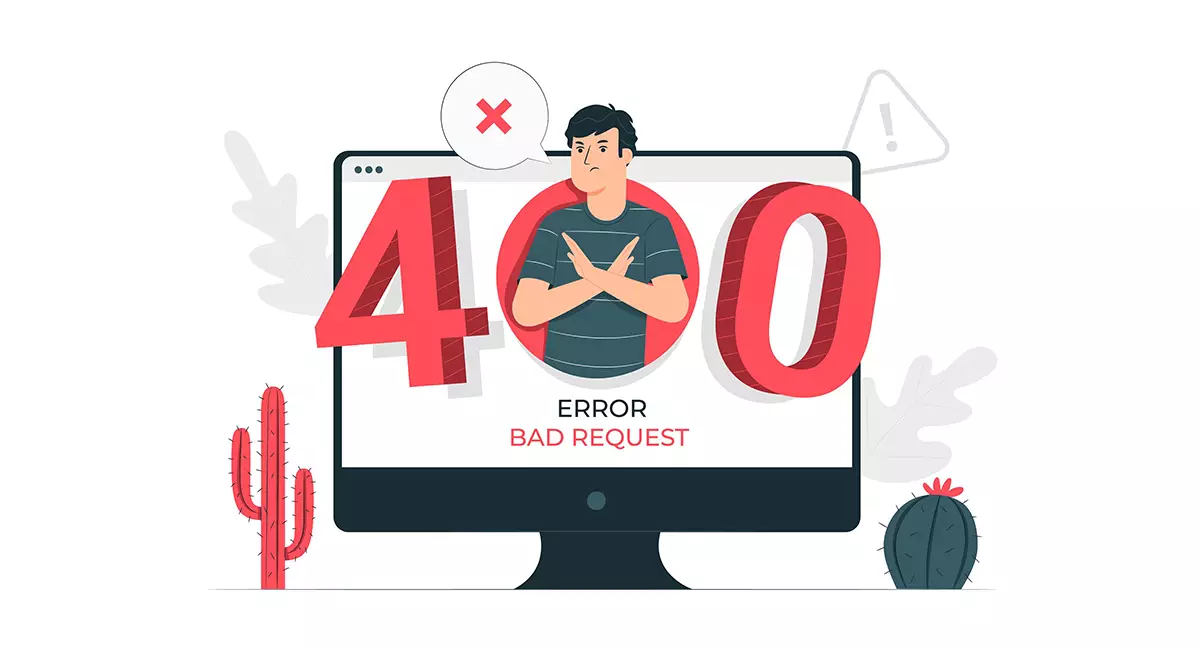Introduction
- Opening Hook: Start with a brief scenario illustrating the impact of errors on software performance or user experience.
- Importance: Highlight why robust error handling and logging are crucial for maintaining software reliability and user satisfaction.
Section 1: Understanding Error Handling
- Definition and Purpose: Define error handling and its role in identifying, managing, and resolving software errors.
- Types of Errors: Discuss common types such as syntax errors, runtime errors, and logical errors.
- Consequences of Poor Handling: Explain the risks and consequences of inadequate error handling, including system instability and user dissatisfaction.
Section 2: Principles of Effective Error Handling
- Early Detection: Emphasize the importance of detecting errors early to prevent escalation.
- Clear Messaging: Advocate for clear and informative error messages that aid users and developers in understanding and addressing issues.
- Granular Approach: Discuss handling different error scenarios with specific responses tailored to each situation.
- Graceful Degradation: Explain strategies for gracefully managing errors to minimize disruption and maintain system functionality.
Section 3: Implementing Strategies
- Error Types and Prioritization: Categorize errors by severity and prioritize critical issues for immediate resolution.
- Exception Handling: Describe best practices for using exception handling mechanisms in programming languages.
- Logging Importance: Highlight logging as essential for recording errors, events, and operational data for troubleshooting and analysis.
- Error Recovery: Outline strategies like rollback mechanisms and retry logic for effective error recovery.
Section 4: Logging in Software Development
- Definition and Benefits: Define logging and its role in capturing and analyzing application events and errors.
- Logging Best Practices: Discuss guidelines for effective logging, including logging levels, formats, and integration with monitoring tools.
- Technologies and Tools: Overview popular logging frameworks and platforms for managing and analyzing logs (e.g., ELK Stack, Splunk).
Section 5: Continuous Improvement and Best Practices
- Continuous Evaluation: Stress the importance of ongoing evaluation and improvement of error handling and logging practices.
- Collaboration: Highlight the role of collaboration between development, QA, and operations teams in enhancing error management.
- Learning from Incidents: Encourage learning from past incidents to strengthen error handling processes and improve system resilience.
Conclusion
- Summary: Recap the key principles, strategies, and tools discussed for effective error handling and logging in software development.
- Final Thoughts: Reinforce the critical role of error management in ensuring software reliability and user satisfaction.
Post Views: 31


